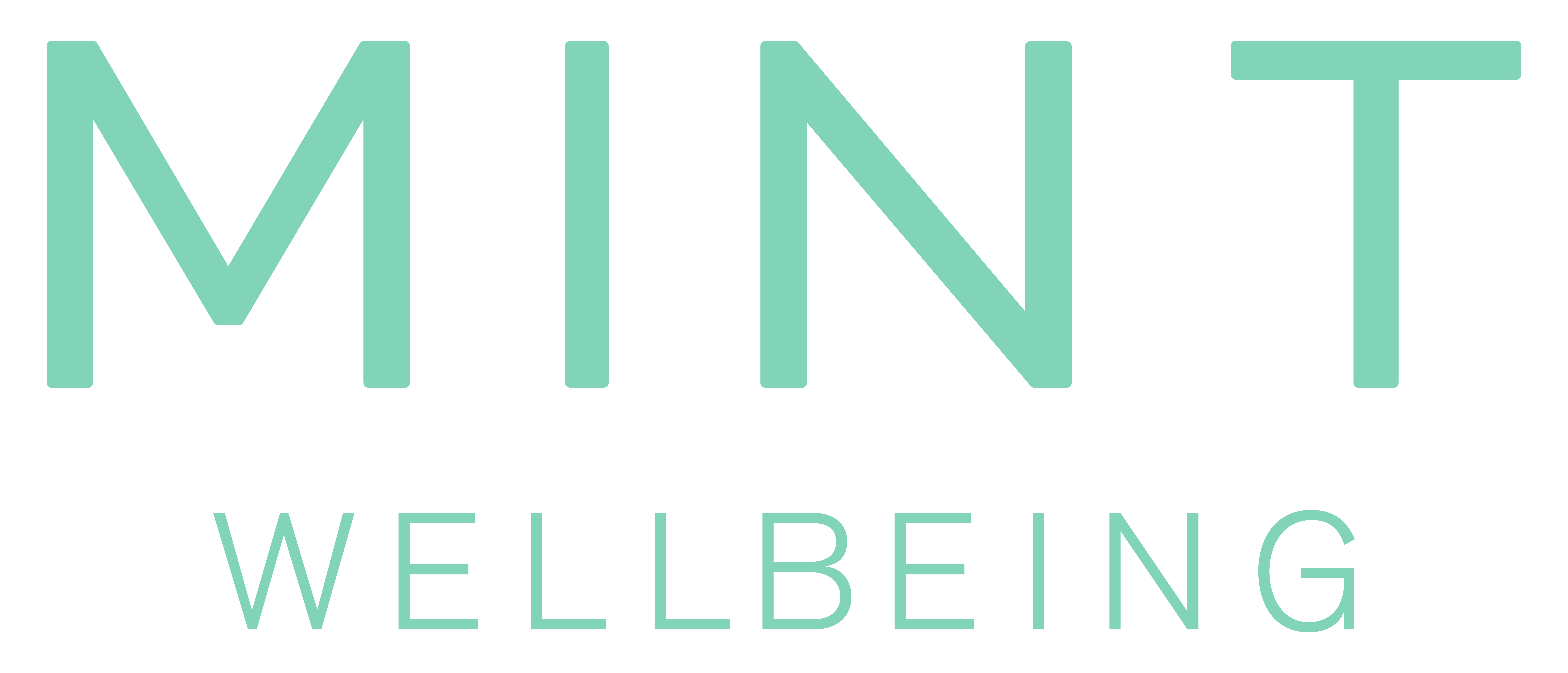Physiotherapy, Sports Injury
Sarah was one of 4 determined female rowers to cross the Atlantic Ocean from December 2016 to Feb 2017. In total they spent a mind boggling 55 days at sea!
I was privileged to work with each rower to help them prepare for the race, as well as teaching them helpful hints and tips to remain pain free for on the boat.
For example, the girls were going to be spending no time on their feet and most of the time sitting, crawling or lying in their small cabin. As a result they were going to get incredibly tight hip flexors (muscles at the front of your hip/thigh). I advised each girl to try and spend time on their stomach each day to help stretch these muscles (and air out their bottom skin which was prone to sores from sitting for so long!).
In addition to the prehab I was then scheduled to be the ‘on-call’ physiotherapist for the duration of the row! Here I outline Sarah’s story with hip pain and the advice I gave her.
We chatted over email a few times and then when things got really tough she even rang me from the satellite phone. You can imagine my surprise when I found out I was talking to someone on the middle of the Atlantic Ocean!

Here are some questions and answers from Sarah about her experience;
Where was the pain which made you contact Amy?
The pain started in the top of my hamstrings and on the side of the hip (glute), and at its worst it stretched all the way down the back of my right leg.
At what stage of the race did the pain start?
At what stage of the race did the pain start?
Was the pain mainly at rest, when rowing or both?
The pain was present during rowing as well as when I was resting, so I was unable to sleep properly and was finding it very difficult to recover from my hour watch on the oars.
What had you been doing to help it until you made contact with Amy?
I took paracetamol and had been massaging the area as well as doing some gentle stretching.
What advice did Amy give you?
Amy calmly delivered expert advice which immediately put me at ease. Amy told me to tape up the top of my hamstring in order to offload some of the pressure which was being put on my hamstring/glute. She also advised me to sleep on my side with something between my knees in order to keep my thighs parallel with each other so that it reduced the strain on my glute tendon. This allowed me to rest and recover between rowing watches.
Which bit of advice worked best?
All of the advice which Amy gave me worked well, but I most appreciated the sleeping with something between my legs, I really needed to sleep properly, and this piece of advice gave me that opportunity to sleep. Out on the ocean, sleep is a very valuable thing.
Did the pain go away or did you have to row through it for the rest of the race?
Within 4 hours of receiving the advice, the pain was subsiding, and within 24 hours, I was virtually pain free, over the next few days I kept the tape on, and eventually the pain disappeared completely.
Is there anything you would do differently now in the preparation for the race to have prevented injury?
I would take more physio tape and learn more about how to tape up injuries, it really is invaluable stuff and can help to alleviate pain almost instantly.
From assessing Sarah on the phone I determined that she likely had gluteus medius and probably proximal hamstring tendinopathy. Rest was not an option so modifying her resting positions, changing the loading profile of the tendon with tape and stopping the stretching was important. Remember, tendons which have become sore (or tendinopathic) don’t like to be stretched – I will write a future blob post on this!
So, if you are training for any event, big or small, don’t hesitate to get in touch with the Mint Wellbeing Physiotherapy team for treatment, help and advice!




